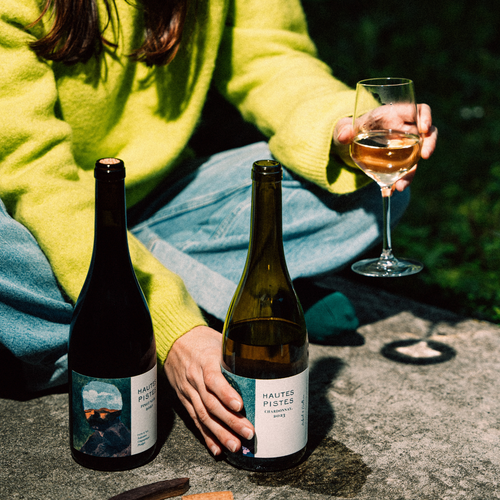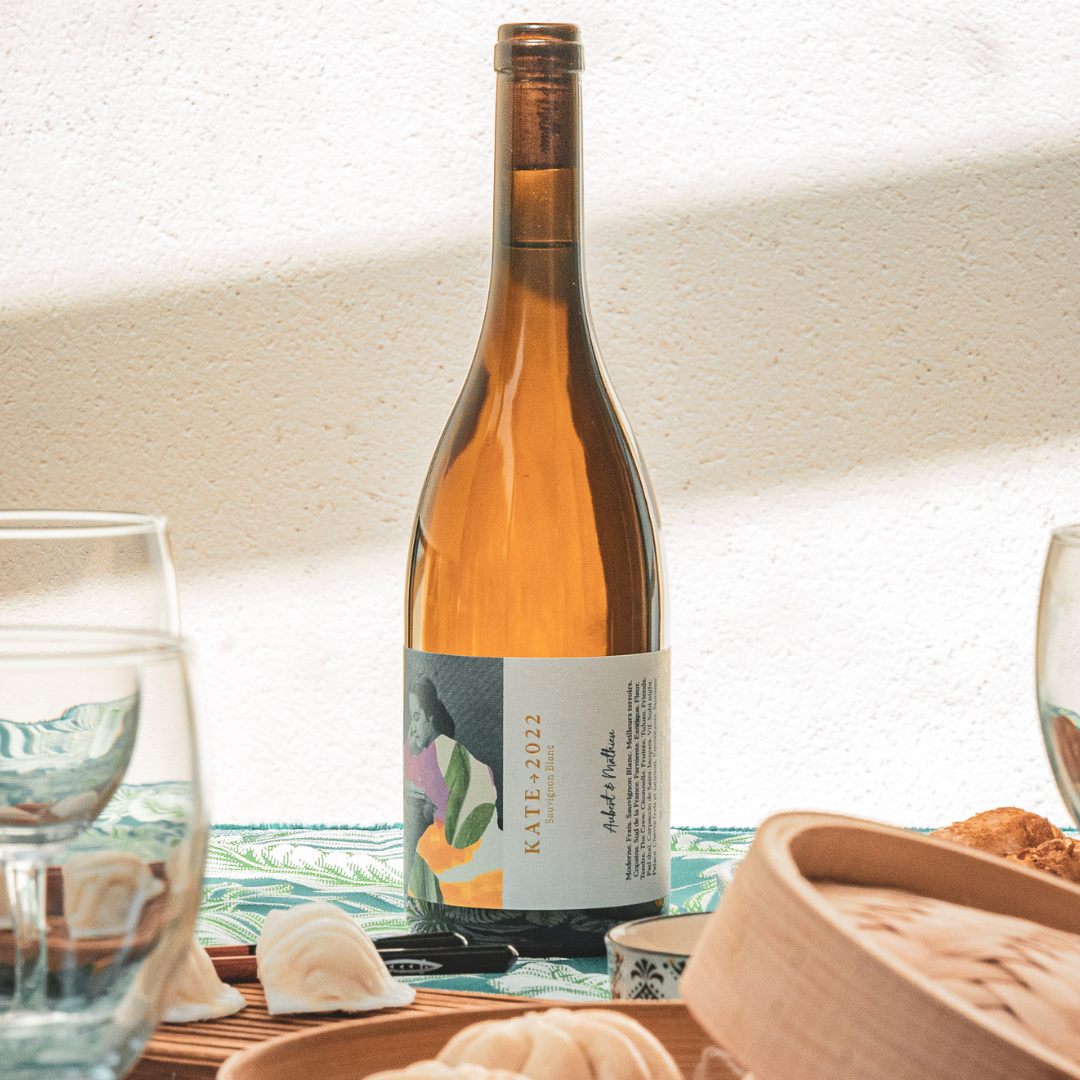What are the main styles of rosé wine and their regions? In the world of rosé wine, France continues to dominate. From an array of grapes grown on diverse soils and available in a range of diverse hues, there's a lot more to these wines than "rosé all day."
Read on for an abbreviated guide to the main styles of rosé wine and the French regions that make them.
1 - Languedoc rosé wines
Languedoc, the largest wine-growing region in the world , is France's leading producer of rosé wine. Recent figures suggest it accounts for around 34% of the country's rosé wine and around 11% of global rosé wine production.
Languedoc is large, with many subsites and appellations that vary in terms of soil composition, varietal preference, and proximity to the sea. However, a few general conditions allow for ideal rosé wine production, such as a generally Mediterranean climate. dry and hot with abundant sunshine and strong moderate winds from maritime or mountainous influence.
Produced using the saignée method, Languedoc rosé wines tend to feature bright, ripe red fruits balanced by lively acidity and a crisp, refreshing finish. There are single-varietal bottlings, but blends of the region's main red grapes, such as Syrah, Grenache, Mourvèdre, Cinsault and Carignan, are more common.
2 - Rosé wines from Provence
In two decades, Provençal rosé has become the world standard. Almost white in color and in the world's most stunning range of luxury bottles, the great offerings are fresh and fruity, crisp and dry.
Relatively low in alcohol, these pale pink wines are made from a blend of Grenache, Cinsault, Syrah and sometimes Mourvèdre. Tasting fruit, gooseberry and just a hint of pepper, they scream summer, even in winter. Located along the Mediterranean coast, Provence has four appellations that each produce distinct rosés.
3 - Rosé wines from the Rhône Valley
From summer reliefs to centuries-old icons, the rosé of the Rhône valley offers a broad and fascinating spectrum. Throughout the region, most often you will find delicious flavors of cherries and strawberries through Grenache. Co-fermentations with Syrah, Mourvèdre or Cinsault are common, and many examples include small proportions of white grapes. In 1936, Tavel became the first and only controlled designation of origin (AOC) for rosé. Intensely rosé and concentrated in flavor, Tavel is closer to a delicate red wine than a standard rosé. Longer maceration on grape skins, typically 12 to 24 hours, produces hues ranging from a fiery sunset to fuschia and even ruby. Tavel's penetrating red fruit flavors, fine tannins and nuances of earth and spice are perfect pairings for hearty meat or game dishes. Tavel is one of the few rosé offerings that can improve with age. Although deep-hued rosé has proliferated throughout the region, it is increasingly known for its lighter, delicately fruity, wine-friendly styles.
4 - Bordeaux rosé wines
Bordeaux rosé has come a long and fast way. While the wines used to be dull and tasted more like caramel than fruit, today is a different world. Previously, Bordeaux rosés were after red winemaking and usually produced saignée, or draining juice from freshly picked grapes, usually Merlot.
Instead, vineyards are now designated for rosé. Their grapes are picked earlier and are handled differently than they would be for red wine. The resulting wines are classic Bordeaux blends or, better yet, made entirely from Cabernet Sauvignon and Cabernet Franc. They meet a share of the world's demand for fresh, fresh and crisp rosé, pale in color, offering fruitiness and just a bare amount of structure. Traffic jams often have a slight blue tint, a result of the region's oceanic climate and soil.
5 - Rosé wines from the Loire Valley
As always, the Loire Valley is synonymous with diversity. The region produces many red wines, white wines and sparkling wines, as well as any style of rosé wine you might like.
The central Loire, near the town of Orléans, is a land of chalk, rolling hills and narrow river valleys, where water adds increasing degrees of heat. The vines of Sancerre, Menetou-Salon and Coteaux Giennois produce high quality wines. A typical Sancerre rosé brings rich cherry Pinot Noir fruitiness combined with a crisp, mineral texture, with the potential to age for two or three years.
Red currants and spices characterize those of Chinon and Bourgueil in Touraine. These wines will take you through the year and work best with food. The Rosé de Loire and Val de Loire appellations cover Anjou and Touraine. Taking advantage of the cool climate of the Loire, both have increased the quality of dry rosé production in recent years. The result is lightly textured, immediately drinkable, crisp and fruity wines with flavors of raspberry and red currant.
Anjou rosés, grown near the Atlantic, are made from an astonishing variety of grapes: Grolleau, Gamay, Cabernet Sauvignon, Cabernet Franc, Malbec and Pineau d'Aunis. Their style is at the discretion of the producer. Touraine focuses on Gamay, the grape of all seasons. — VR




